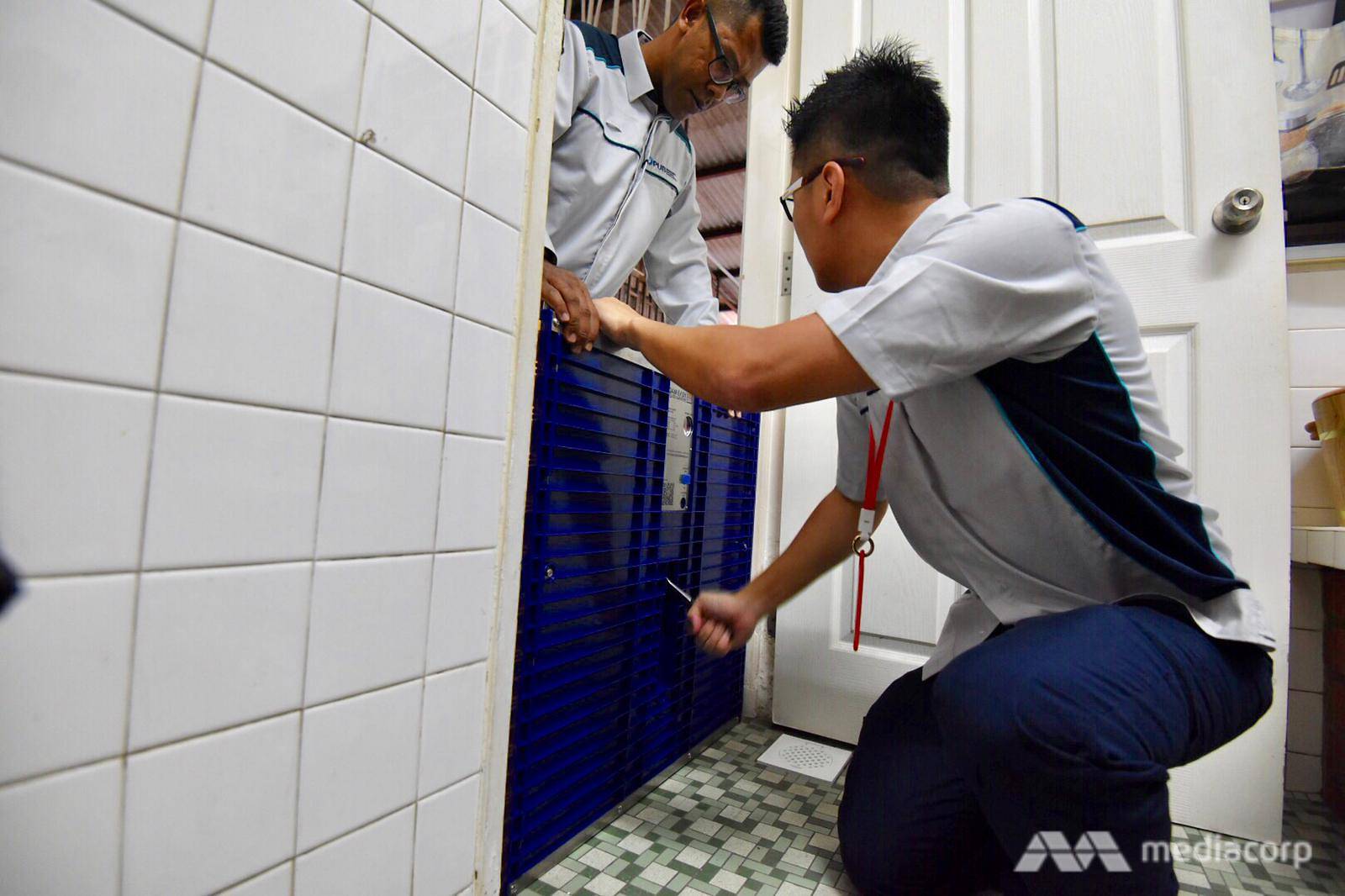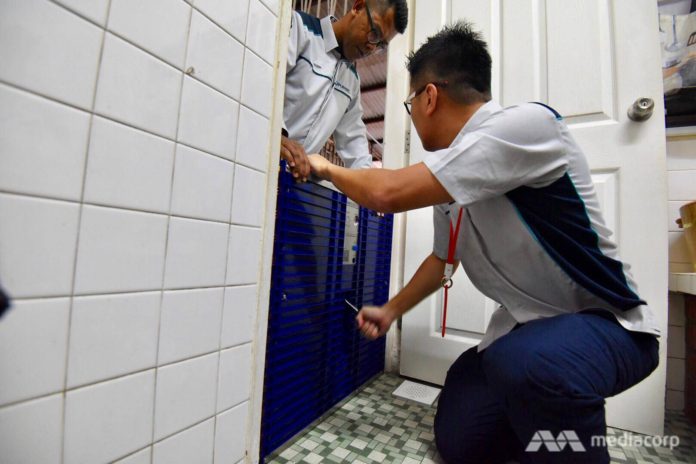SINGAPORE: Flash floods were reported in several parts of Singapore on Apr 30, as “intense rainfall” had overwhelmed the capacity of roadside drains, said Environment and Water Resources Minister Masagos Zulkifli.
Thundery showers were recorded over Paya Lebar, Punggol and Hougang, he said.
“The total rainfall of 128.4mm that day was one of the highest daily rainfall ever recorded in Singapore over the past 30 years,” added Mr Masagos on Tuesday (May 26).
He was responding to a parliamentary question from Member of Parliament for Potong Pasir Sitoh Yih Pin, who had asked for the reason for recent flash floods in several areas in Singapore.
Sennett Estate, which is located in his ward, was one of the areas affected “despite the drainage system being recently expanded”, said Mr Sitoh. He also asked about PUB’s plans to further tackle flash flooding.
In his written reply, Mr Masagos said: “As the capacity of roadside drains were overwhelmed by the intense rainfall, flash floods resulted at locations such as Upper Paya Lebar Service Road, Lorong Gambir, Tampines Road, Serangoon Avenue 2 and Lichi Avenue (which is close to Sennett Estate).
“These flash floods lasted between 10 to 30 minutes.”
Noting that Sennett Estate “is a low-lying area and prone to flooding”, the minister said that PUB progressively upgraded the drains serving the estate between 2006 and 2015.
Works are still ongoing to upgrade the remaining stretches of drains in the estate.
“When completed in 2021, flood protection for Sennett Estate will be further enhanced,” said Mr Masagos.
SANDBAGS AND FLOOD PANELS
During the floods on Apr 30, sandbags were provided by PUB officers who were on site with affected residents.
Flood panels were also loaned to residents and businesses by the national water agency. These panels can be set up quickly during a flash flood, and have been used since the start of the monsoon season in 2019, said the minister.
“These flood panels were used by one of the residents during the Apr 30 rainstorm, who found them effective in preventing water from entering his home,” Mr Masagos said.
READ: PUB to deploy new portable flood protection devices for northeast monsoon season

PUB officers using the lever to extend the side panels of the Dam Easy Flood Panel to fit the doorframe. (File photo: Rauf Khan)
As part of PUB’s efforts to address the impact of climate change, the agency has raised drainage design standards to cater to higher rainfall intensity in 2011, the minister said.
Almost S$2 billion in drainage works have been done, with another S$190 million this year to enhance Singapore’s flood resilience.
Some of the works that have been completed include the S$27 million upgrading of the Tampines Canal, which stretches between Hougang Avenue 1 to Hougang Avenue 7.
Completed in March 2019, it has successfully reduced the flood area by 86 per cent, including a large section of Tampines Road, hydraulic analysis showed.
“As a result, the flash flood on Apr 30 was confined to a localised road depression at the junction of Tampines Road and Hougang Avenue 1,” Mr Masagos said.
“PUB will study the feasibility of raising the depressed road junction.”
Work in the low-lying Upper Paya Lebar Service Road area is ongoing to divert stormflow from existing drains to larger new drains.
Due to be completed in 2021, it will further improve flood protection in the area, the minister said.
Drains serving Serangoon Avenue 2 and Lorong Gambir will also be upgraded, and work is expected to start in the next two years.
READ: NDR 2019 – It could cost S$100 billion or more to protect Singapore against rising sea levels, PM Lee says
“While PUB will continue with efforts to improve drainage systems, it is not practical to expand our drains to meet every extreme rainfall event in land-scarce Singapore,” said Mr Masagos.
PUB will also put in place other “cost-effective measures” to minimise flood risks and better manage flood events, such as “upgrading its rainfall forecasting radar technology, which will help improve prediction of locations where heavy rainfall might occur and enhance its response time to potential flash floods”, he added.





